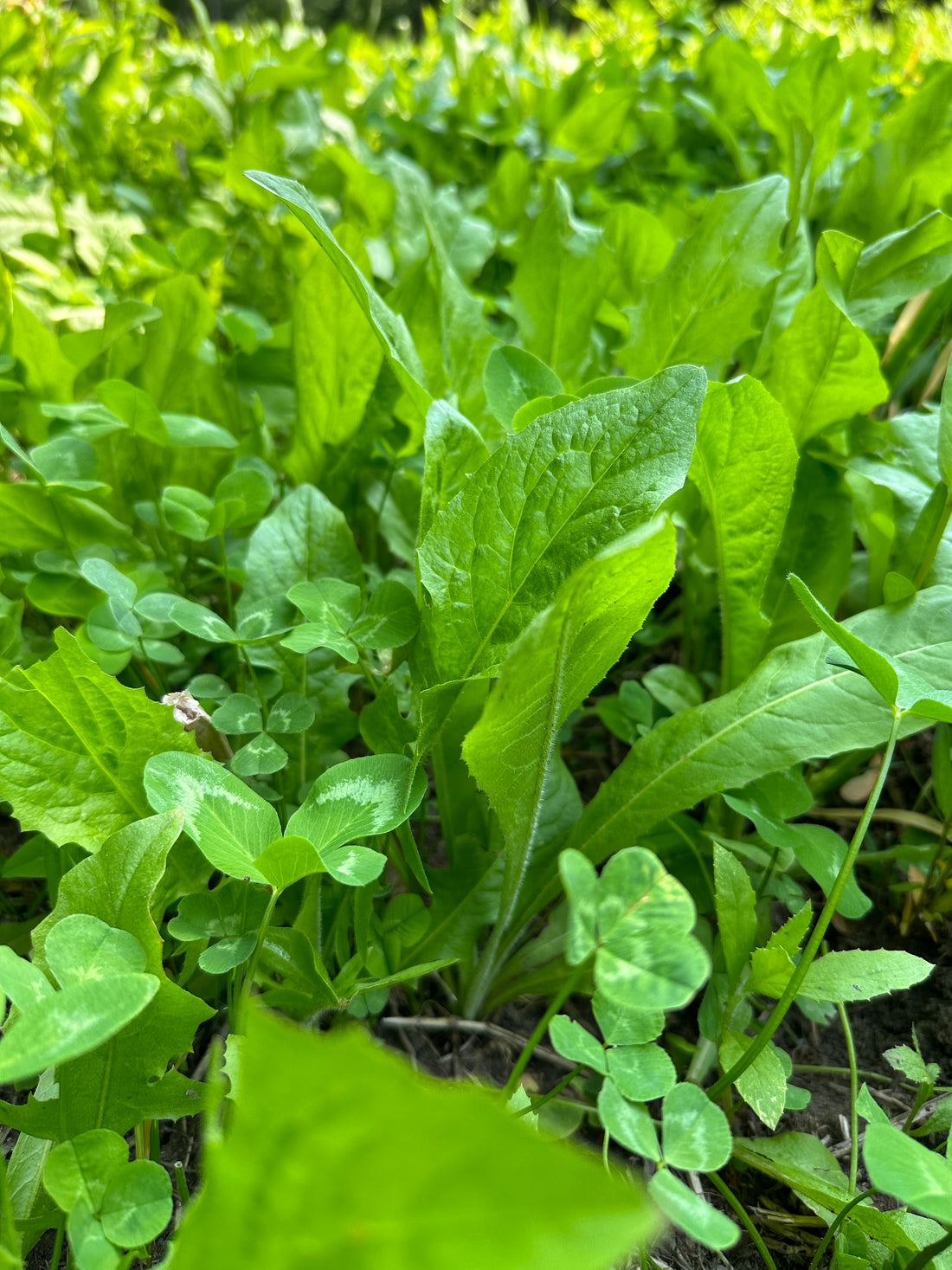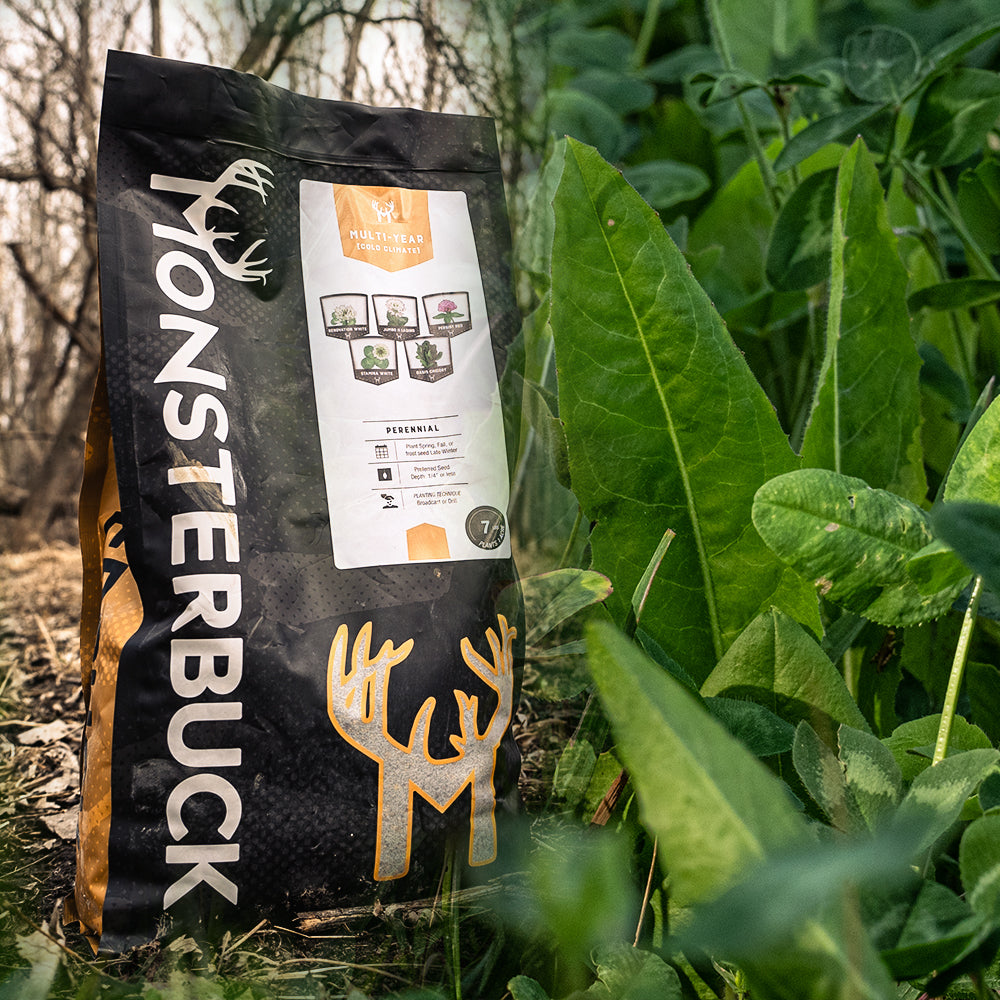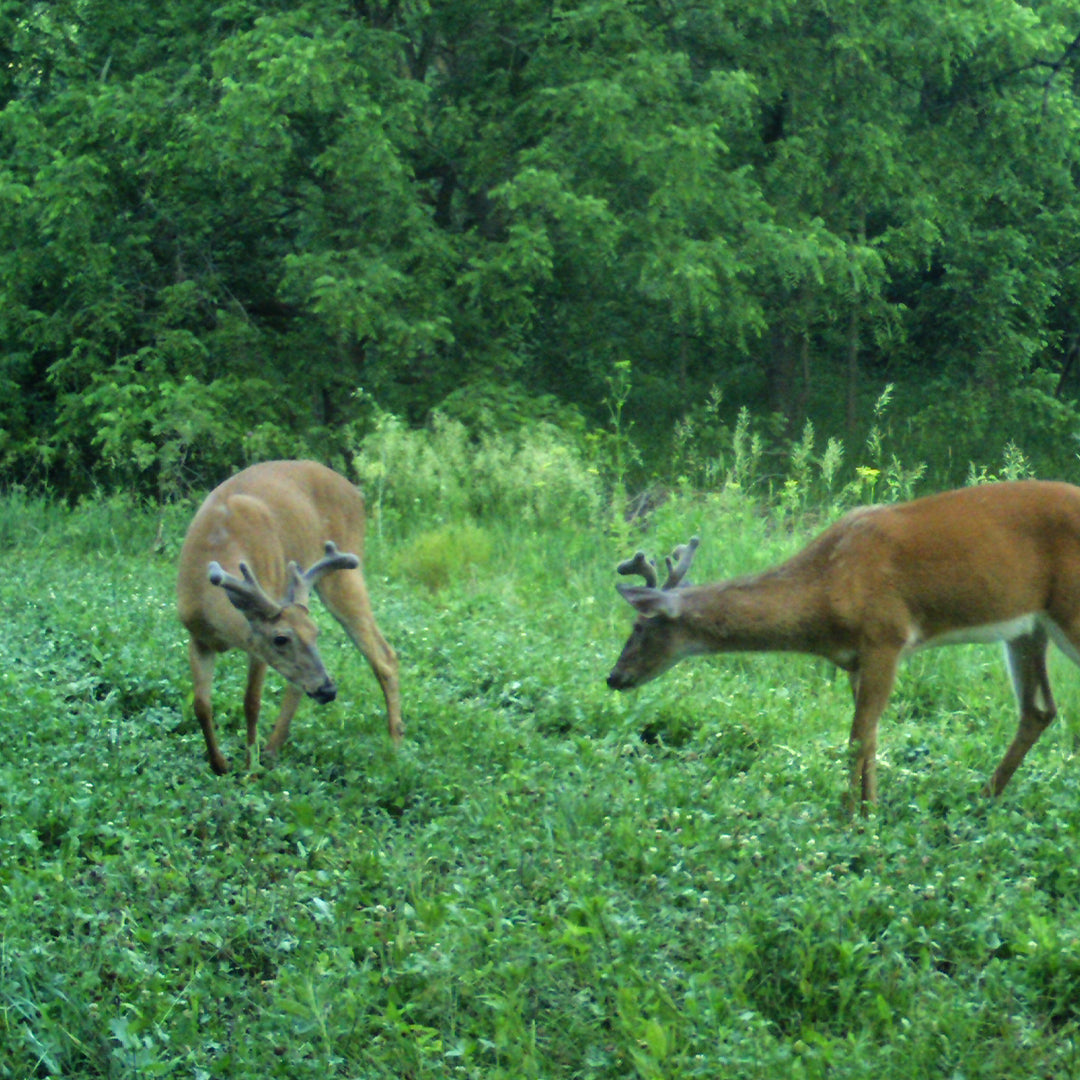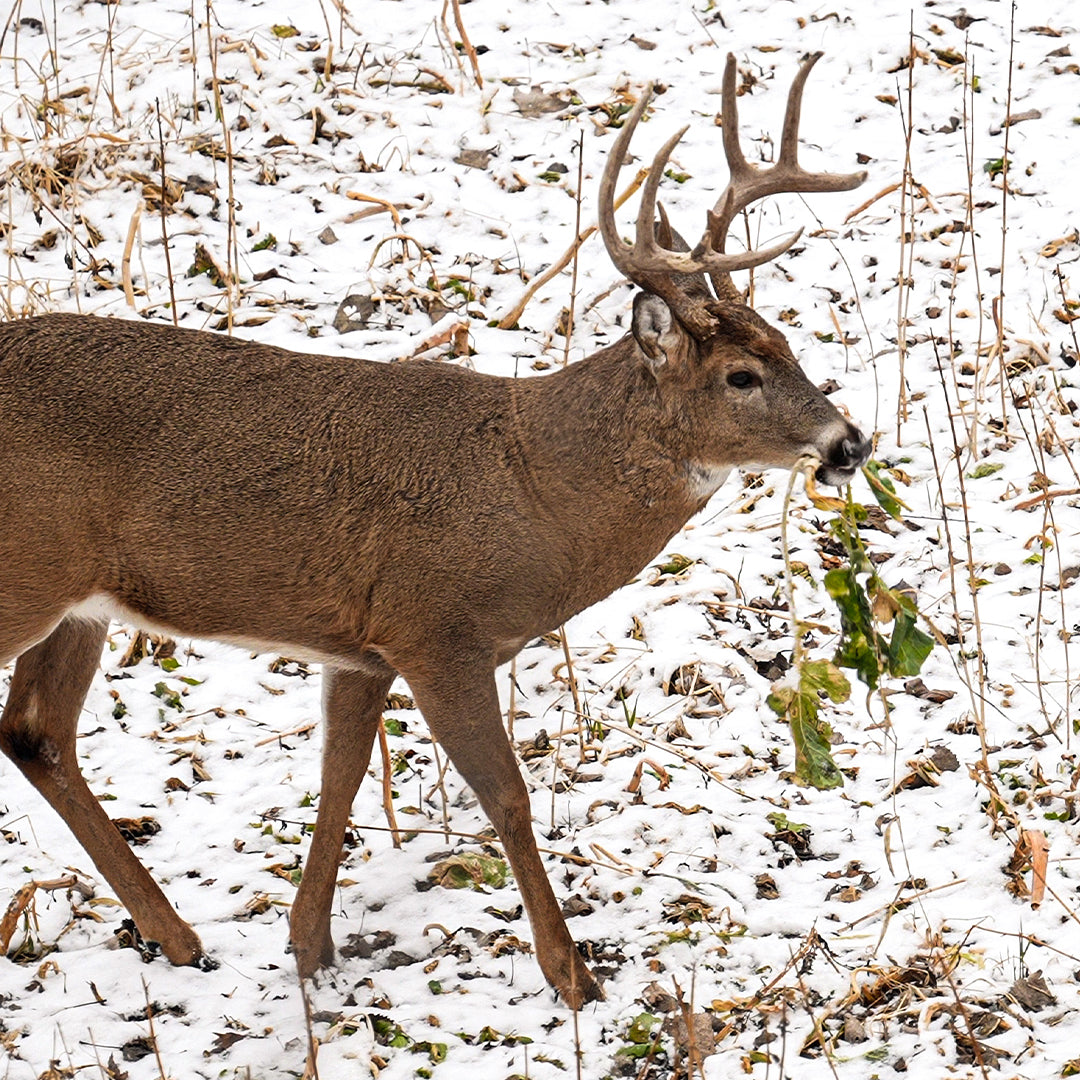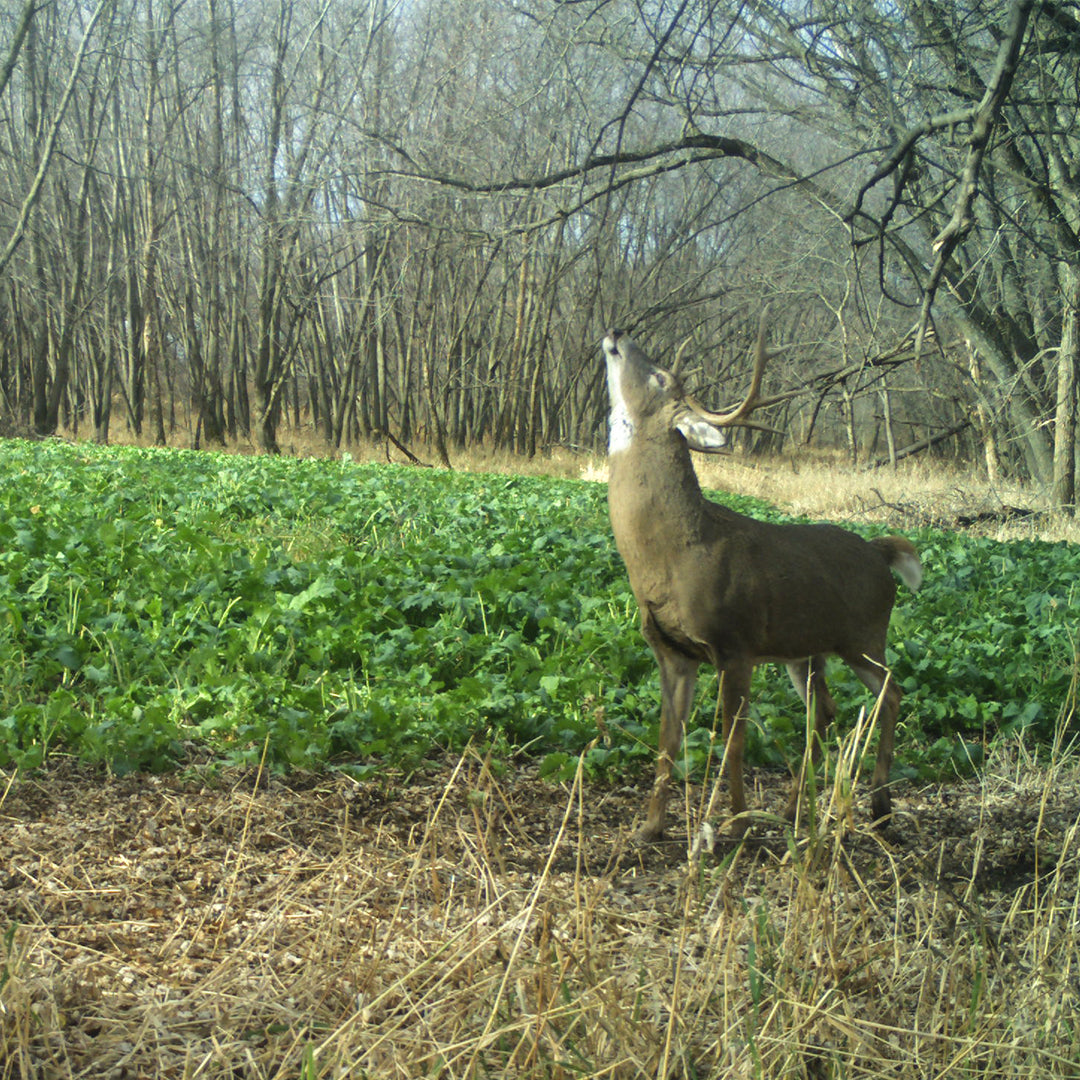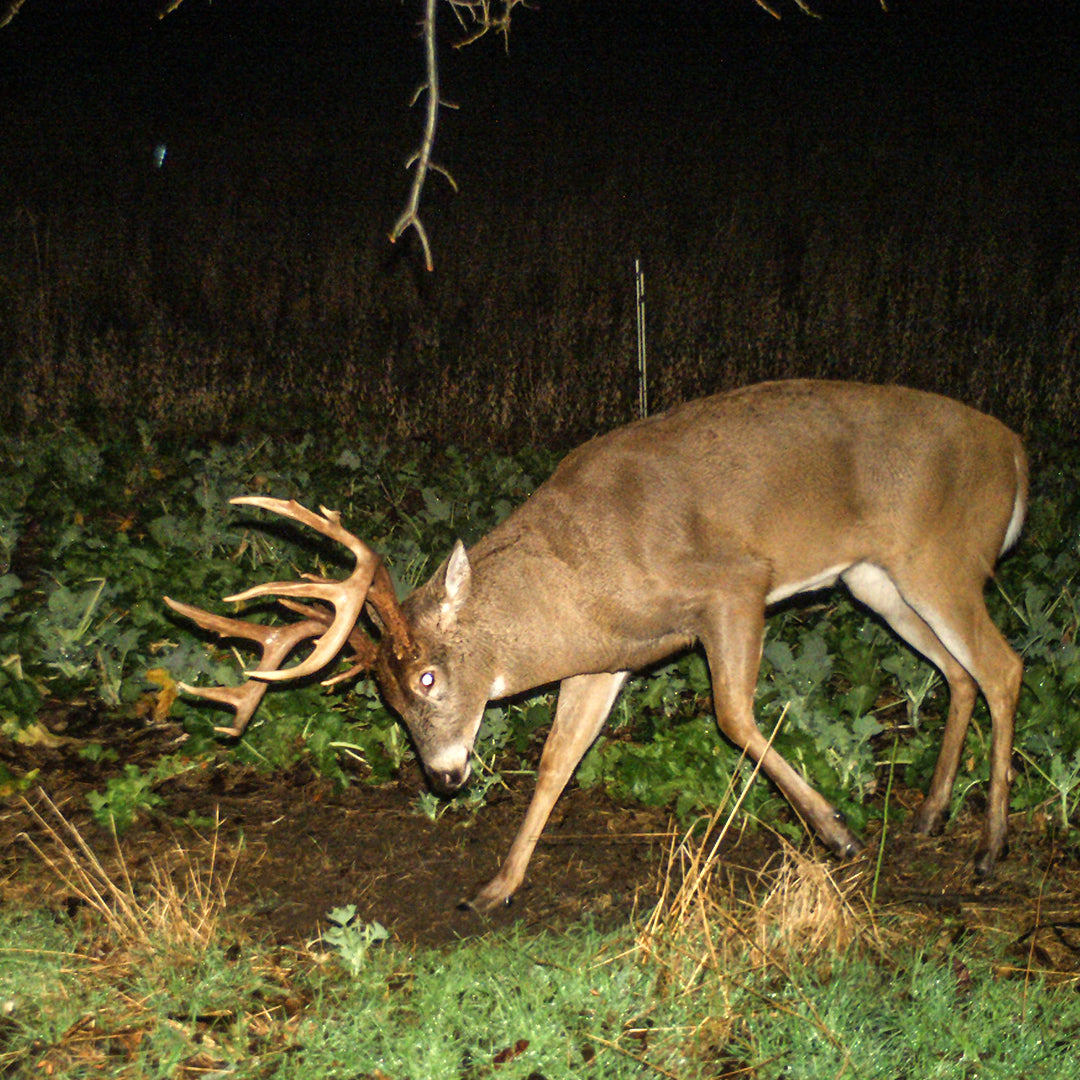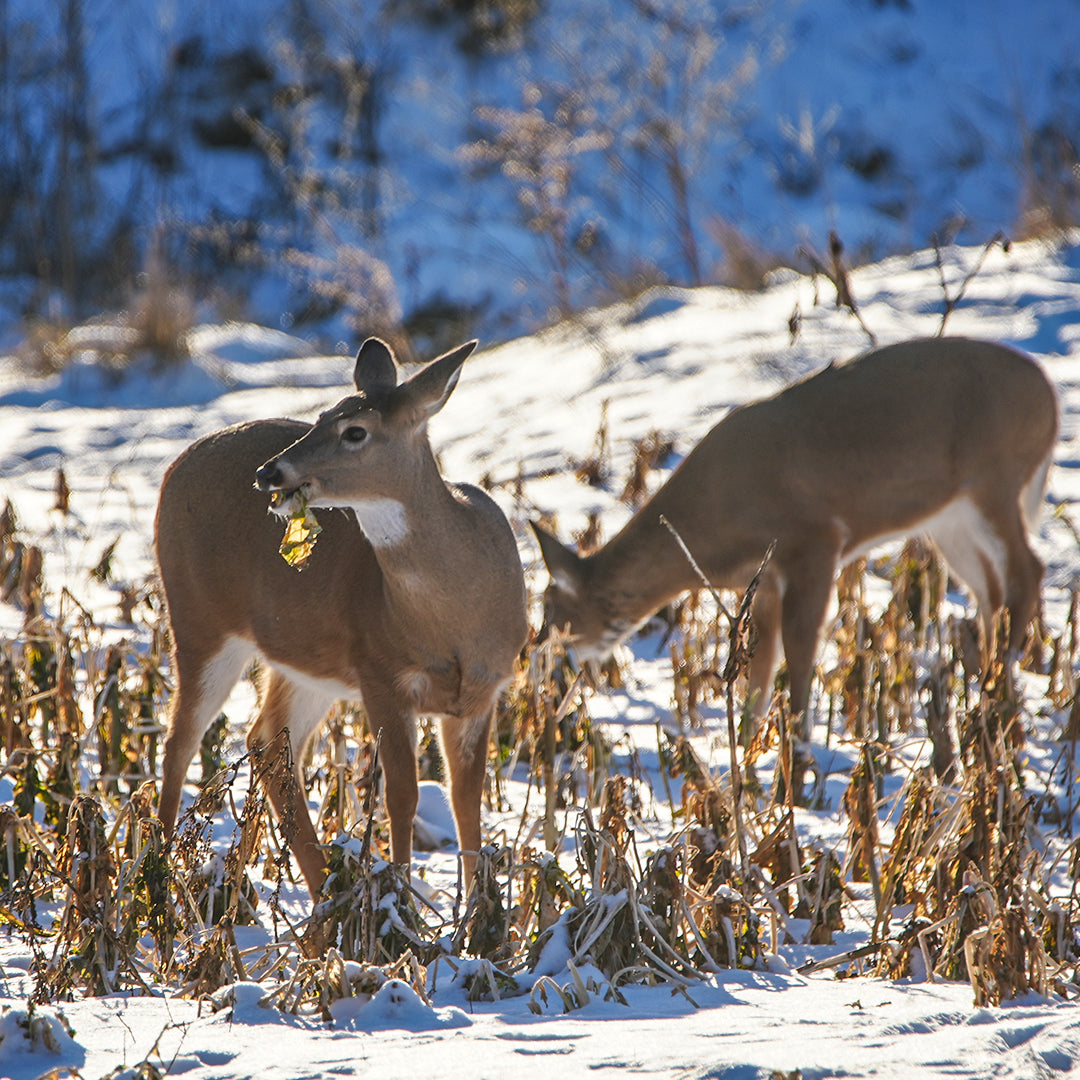
Maintenance
Just because you’ve got some green coming up doesn’t mean you're done sweating for the year. There’s a ton going on now and it’s even more critical than before. You mess up now and you’ve wasted months instead of weeks of work.
Post green up fertilizers: granular or foliar. Some things like your Multi Year clover and chicory plot will need fertilizing twice a year. Once each growing season. Clovers produce their own nitrogen and don’t need much of it. Brassicas/greens really benefit from urea 46-0-0 fertilizer at 30-60 days depending on your growing season. The tough part about urea though is that it really needs a rain soon after application. More often than not I opt for a foliar fertilizer twice like at 20 and 50 days if needed, instead of the the one big shot at the 30-60 days mark.
Weed management: This can be a little complicated depending on the situation. As tough as it is, we highly recommend becoming good at reading labels. When reading, you’ll notice if they recommend a surfactant or crop oil. There are a ton studies showing the effectiveness of herbicides with and without using them. There’s also so many brand labels out there with the same stuff but different concentrations of it. Some things can have some extra stuff added to it. For instance a Hi Yield brand 2-4,D would have a 11% rate of the actual 2,4-D and another brand of 2,4-D would have a 47% rate. To accomplish the same thing with them you're using more of one than the other. So when looking for herbicides, make a list of each item you’ve planted and starting looking at labels being sure it’s safe for each one in your plot.
Herbicide timing: Again the thing we all hate, reading the labels and directions. Did you know most companies have recommendations of when to spray what weeds? A lot of them cover at what stages of the weed (size and age). Generally the best time to address the weeds with most stuff is while they’re young and before they're big and angry.
Most of your brassicas you can spray with a Clethodim for grass. If weeds are really bad you can just spot spray them carefully with glyphosate. Don’t be lazy if your walking around and see a weed, just bend over and pull it. One other option for weed control in brassicas with no radishes is mowing it. This works fine with your more premium newer improved seed varieties that have been developed for fast recovery and heavy grazing. Be sure to check the time frame window of the first frost, be sure you’ve got 30 days or so ahead of that. Great time to fertilize when you mow too.
here are options for both weeds and grass in clover, but they are not the same set of options for clover with chicory combined. One of the best methods is a grass treatment like Clethodim and a simple mow. Most weeds are taken care of by just mowing.
To mow or not to mow when you don't have a weed issue is a controversial topic. When possible though, it’s a good idea to let the clover seed. Helps with repopulation or reseeding itself. In some cases, the deer may keep it mowed for you. If you do have to mow it’s always a good idea to watch for fawns and try to mow before the rain especially in warmer months, and avoid mowing in the hotter ones.
Frost seeding existing plots is beneficial every year. You're adding fresh new clover and filling in any bare spots that will also help choke out weeds. Great time to pull this years soil test as well. Don’t be scared to add seed at any time in the spring or fall if you’ve got bare spots.
At the end of the frost seeding window when your down to your last few frost days it’s time to hit last years brassica or greens plots. The purpose of this is to help with weed control and help replace nitrogen that your plot burnt. Not to mention you've just created a nice little spring plot for deer and turkeys. The spring forage pea is great option as well to keep your brassica plot in shape and covered, as well as taking pressure off your soybeans. The peas can be planted at 40 degree ground temp which is considerably earlier than soybeans or cowpeas.
Fertilization, the short and sweet version. It is a huge part of maintaining your plot. You have to give your plants what they need to grow, the extra boost they need before season. Healthy plants taste better. Granular or liquid fertilizer? Liquid does not require a rain. You can apply it when you need it and not have to wait for the weather. Granular can and will burn plants if it gets stuck to there leaves with moisture. So wait until the dews off to apply granular fertilizer.
Falling leaves, pine straw and other miscellaneous debris can smother or stunt your plot severely. Blowers are your friend, get the leaves off asap. Heavy rains can beat new growth down and stick it to the mud. Again another reason to routinely check your plot and use for a blower to free those stuck leaves up.

